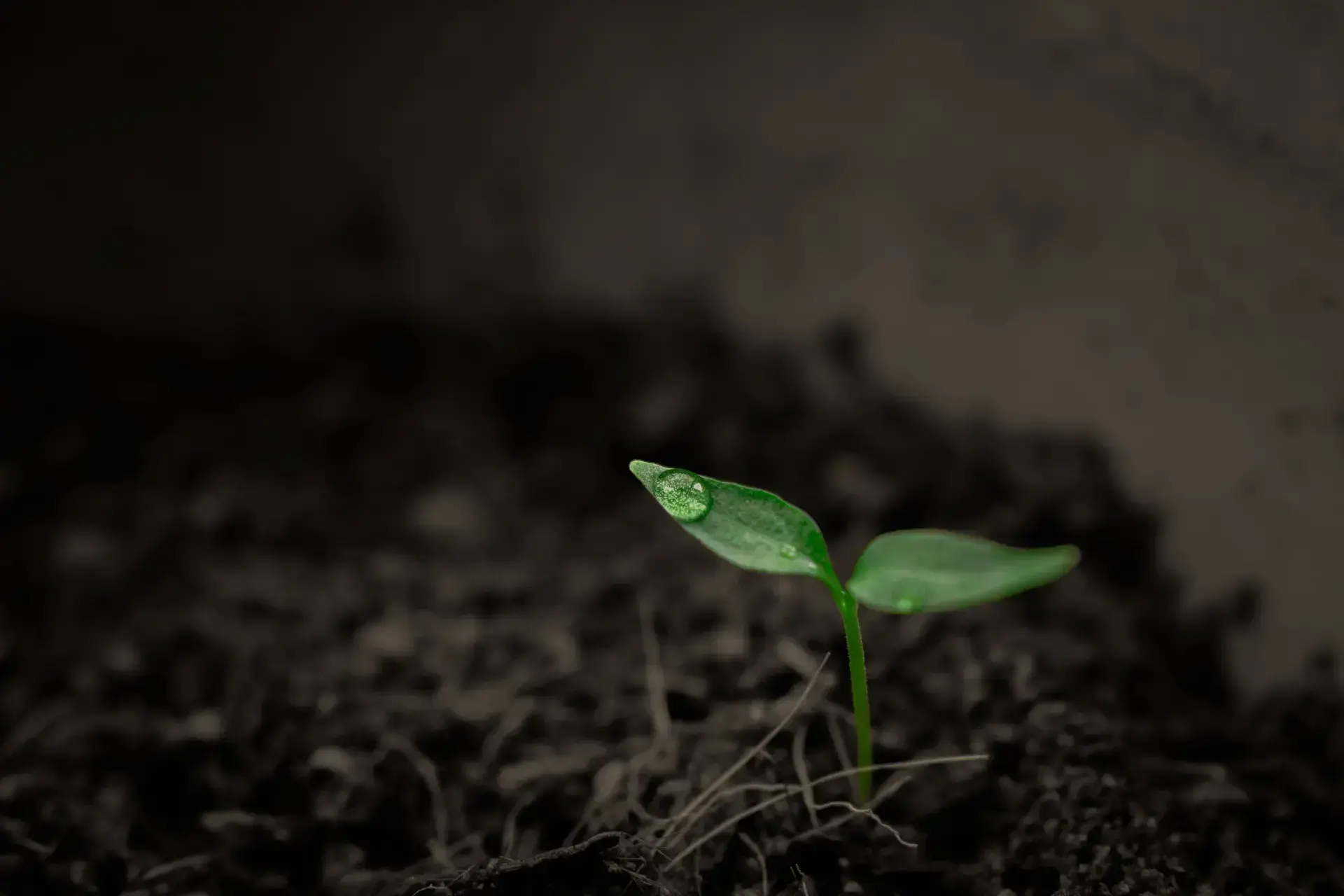
Dr Liz Clarke
This month, the first stage of the Sixth Assessment Report (AR6) was released by the Intergovernmental Panel on Climate Change (IPCC). It’s not an easy or comfortable read. One of the headline statements reads as follows: “Human-induced climate change is already affecting many weather and climate extremes in every region across the globe. Evidence of observed changes in extremes such as heatwaves, heavy precipitation, droughts, and tropical cyclones, and, in particular, their attribution to human influence, has strengthened since the Fifth Assessment Report (AR5).”
The report also states that every degree of warming avoided matters, and reinforces the critical role of agriculture and land regeneration, reinforcing that our work is more important than ever. Regenerating soils and landscapes plays a critical role here, not only in mitigation (taking carbon out of the atmosphere), but also in adapting to climate impacts, and building farm system and human resilience to climate extremes.
There are also some strong views being shared about emissions from intensive animal agriculture, but our case studies show that well managed grazing animals are a critical part of rebuilding soils, productivity and ecological function on farm. Farms with healthy soils and ecological function sequester carbon and can be more resilient and bounce back better after fire and drought (see in particular our case studies of Hallora and Wilmot). We believe well managed livestock enterprises have an important role to play in responding to climate change.
“Soil” by Matthew Evans
This month I spent a few evenings on the couch with the dog, with my nose glued to “Soil”, the recently released book by Matthew Evans, former chef and food critic turned Tasmanian farmer. As Matthew says, soil has a bit of an image problem – and he is keen to change that. As someone with a well-know passion for food, Matthew says he is going beyond paddock to plate, to focus on soil to stomach and the importance of healthy soil for growing healthy food.
This book is not a how-to-guide or a technical book, but an exploration of why, as Matthew puts it, “Soils should have rockstar status.”
“I wrote this book for anyone who eats,” he says. “It is for people who have no idea that they should care about soil. It is not really aimed at farmers – but rather I am trying to encourage the average consumer to pick it up and read it.”
Matthew says, “I get excited about knowing that we can make soil and rebuild soil, that we can reverse [up to a point] loss of soil health and function; we know how to do it!”
“I took over an abandoned farm when I started out growing food,” Matthew said. “I had no preconceived ideas about how to farm, I didn’t have to unlearn any assumptions about how farming should be done, I had no previous generations advising me so i was starting from scratch and asking all the basic questions.”
“Our soil is improving every year, and the food that is produced in that soil definitely tastes better,” he says.
And a quote from the book:

Now, after a good twelve years of growing food in a small patch of southern Tasmania, in the southernmost shire in Australia, having watched as I turned good soil bad, and the other way around, I find the scales falling from my eyes like cracked mud flaking from my boots. A confluence of ancient wisdom and recent discoveries has led me to revere the earth. And what I want to shout from the mountaintops is the notion that a love of land isn’t just for diehards. What happens in the fine margin of earth sandwiched beneath our feet and the rocks below has implications for all of us – our communities, our climate, our health and for the globe as a whole.
Evans, Matthew. Soil: The incredible story of what keeps the earth, and us, healthy (p. 3). Murdoch Books.





